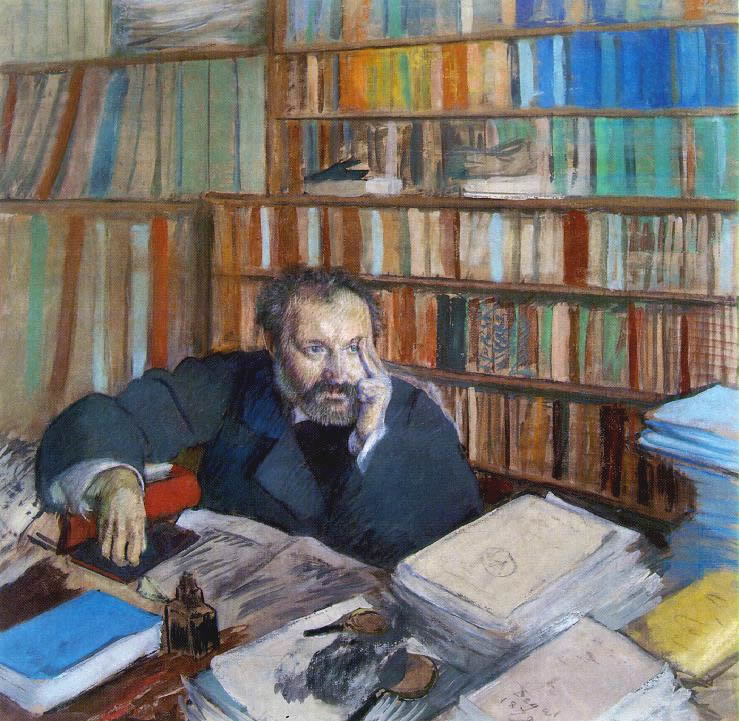A. Market Economy, Morals, and Values
One of the key controversies and debates involves the role of the market in our economy. Macionis asks, “Does the “Invisible Hand” theory attributed to the classical economist Adam Smith lift us up or pick our pockets?” (see page 316 of the textbook). Summarize the two sides of the controversy and, drawing upon the information presented in assigned readings, explain which of the two sides you find most compelling – and why.
Next, read Jay Livingston’s “Is Profit the Ultimate Value? On JP Morgan’s $11 billion fine.” In your view, should morals and values figure in our present day economy? Some argue that there is no morality in a market economy, only profit - and this is as it should be. Others argue that larger social issues are of equal importance. Summarize the two sides of the controversy. How do the recent corporate scandals, beginning with the collapse of the Enron energy trading company, enter into this debate? Drawing upon the information presented in assigned readings, explain which of the two sides you find most compelling – and why.
____________________________________
B. Interconnections of Economic and Political Institutions
One way to illustrate the interconnections between the economic and political institutions in the United States is to examine the issues of interest groups and lobbying. Go to the Center for Responsive Politics web page, Open Secrets. Examine the information contained in the drop-down menu, “Influence and Lobbying,” listed on the banner located at the top of the page.
(1) Overall, what trends do you see?
(2) On the “Interest Groups” page there is a “Search” box located on the upper right. Choose three interest groups that are front page news (abortion, gambling, guns, oil and gas, pharmaceuticals) and discuss what patterns you find (i.e., which political party receives the majority of the funds?)
(3) Examine the section on “lobbying.” What are the main trends in the number of lobbyists and the amount of money donated by such groups? What issues have the most lobbyists connected to them? What patterns do you see in who is getting this money?
(4) Examine the section on Political Action Committees (PACs). Discuss the overall growth rate in the number of PACs and the amount of money they are contributing to candidates. Choose three sectors from the drop down menu. What patterns do you see in who is getting this money?
(5) Based on this information, what is your opinion about the extent to which interest groups and lobbyists are involved in our political process.
_____________________________________
C. Corporations, Conglomerates, and Globalization
Explain how corporations operate as the core of the U.S. economy. How has the globalization of the economy made many corporations much larger? What are conglomerates? Look ahead to the world’s economy at mid-century: Do you think large multinational corporations will dominate the world more than they do now? Is this good for the world’s people? Why or why not?
_____________________________
D. Power in the U.S.
Describe the distribution of power in the United States using the three theoretical models of political power: pluralist model, the power-elite model, and the Marxist political-economy model. What do the three models have in common? What are their major differences? Which of the three do you think best describes matters in the U.S. today? Why?
___________________________________
E. Politics and the Mass Media
In an attempt to influence public opinion, the leaders of both major parties — Democrats and Republicans alike – seem to stretch the truth or, at the very least, “spin” things their way.
Go to FactCheck.org – A project of the Annenberg Public Policy Center – and choose what you consider to be two recent "egregious" (outrageous) misstatements – one made by representatives of each political party. Summarize each case – noting how each spokesperson departed from or misconstrued the "facts of the case."
What are the consequences of the misleading information that appears in the media?
Next, go to “The Living Room Candidate: Presidential Campaign Commercials, 1952-2012”, choose one Presidential election campaign from each decade (1950s, 1960s, 1970s, 1980s, 1990s, 2000s, 2012) and watch the commercials produced by each of the opposing candidates. What tactics and strategies were used to convince voters to support particular candidates – and how did these change over time? Do you think that these commercials were more likely to convert opponents or reinforce pre-existing beliefs and attitudes? Which segments of the public (think about social background characteristics) do you think are most susceptible to being affected by these advertisements? Do you think that these advertisements are a good or a bad thing as we choose the next leader of the free world?
